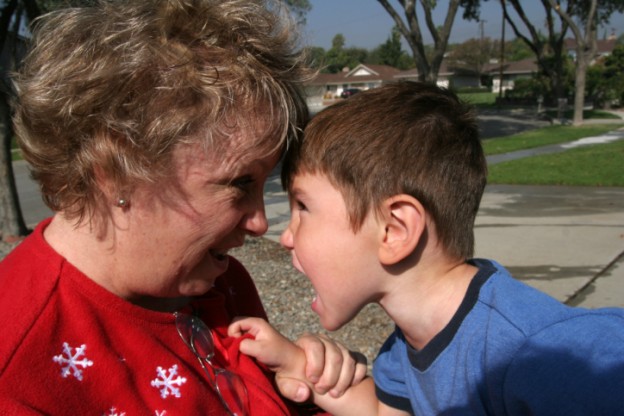
Parenting
A Crash Course in Meltdown Management
This post is part one of a three part series called A Crash Course in Meltdown Management Series by Karen Wang Part One: How to manage and prevent a Temper Tantrum Part Two: Sensory Meltdowns: 26 Sensory Integration Tools for Meltdown Management Part Three: How to manage and prevent a panic attack
A few weeks ago, I asked another Friendship Circle parent if she could suggest some writing topics for this blog. She responded without hesitating, “I'd love the following article: How to handle meltdowns on playdates and not scare away the other kid or parent forever.”I smiled, because I myself have been in that situation many times. And the answer is:
It’s complicated.
I don’t have any academic degrees in psychology or biology. I’m the mother of a child with autism. I’ve tried countless approaches to managing the outbursts, and I’m still trying new approaches at every opportunity. I try to be patient, but I am only human. I get upset, too. Happily, I’ve found many techniques that work for my child - even on playdates! - and they may work for other children, too. Here is part one of my crash course in meltdown management.
 ,” Judy Arnall writes, “Tantrums are not misbehavior, nor are they abnormal or in need of correction. Children punished for temper tantrums learn not to express feelings. They learn how to suppress them, which is not healthy for the body or mind.” She advises parents to “stay with your no,” gently and firmly.
,” Judy Arnall writes, “Tantrums are not misbehavior, nor are they abnormal or in need of correction. Children punished for temper tantrums learn not to express feelings. They learn how to suppress them, which is not healthy for the body or mind.” She advises parents to “stay with your no,” gently and firmly.



